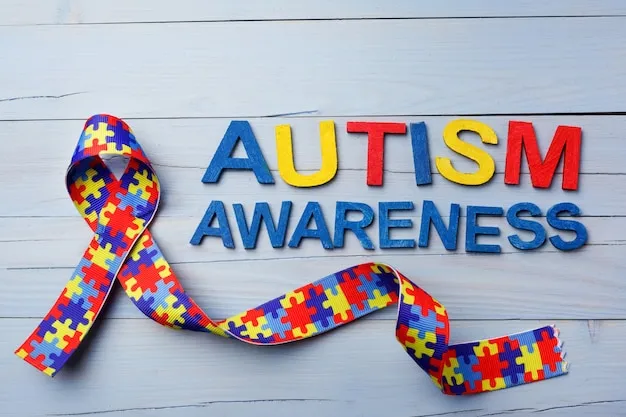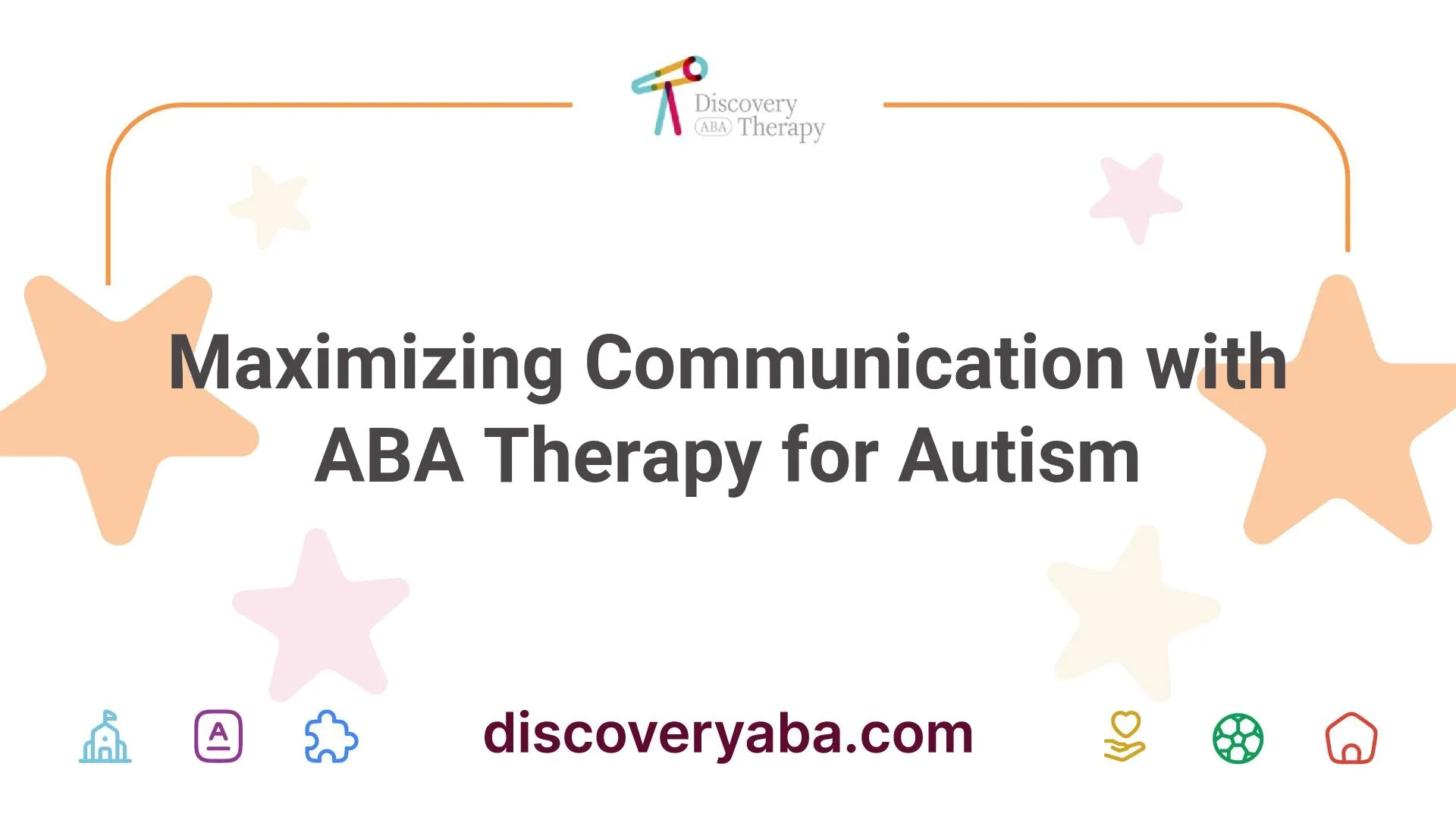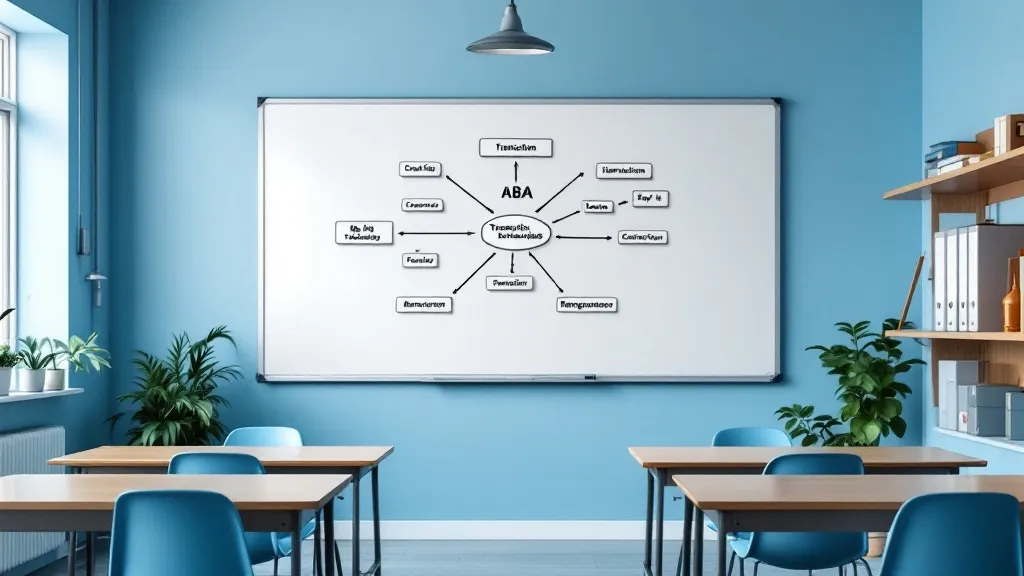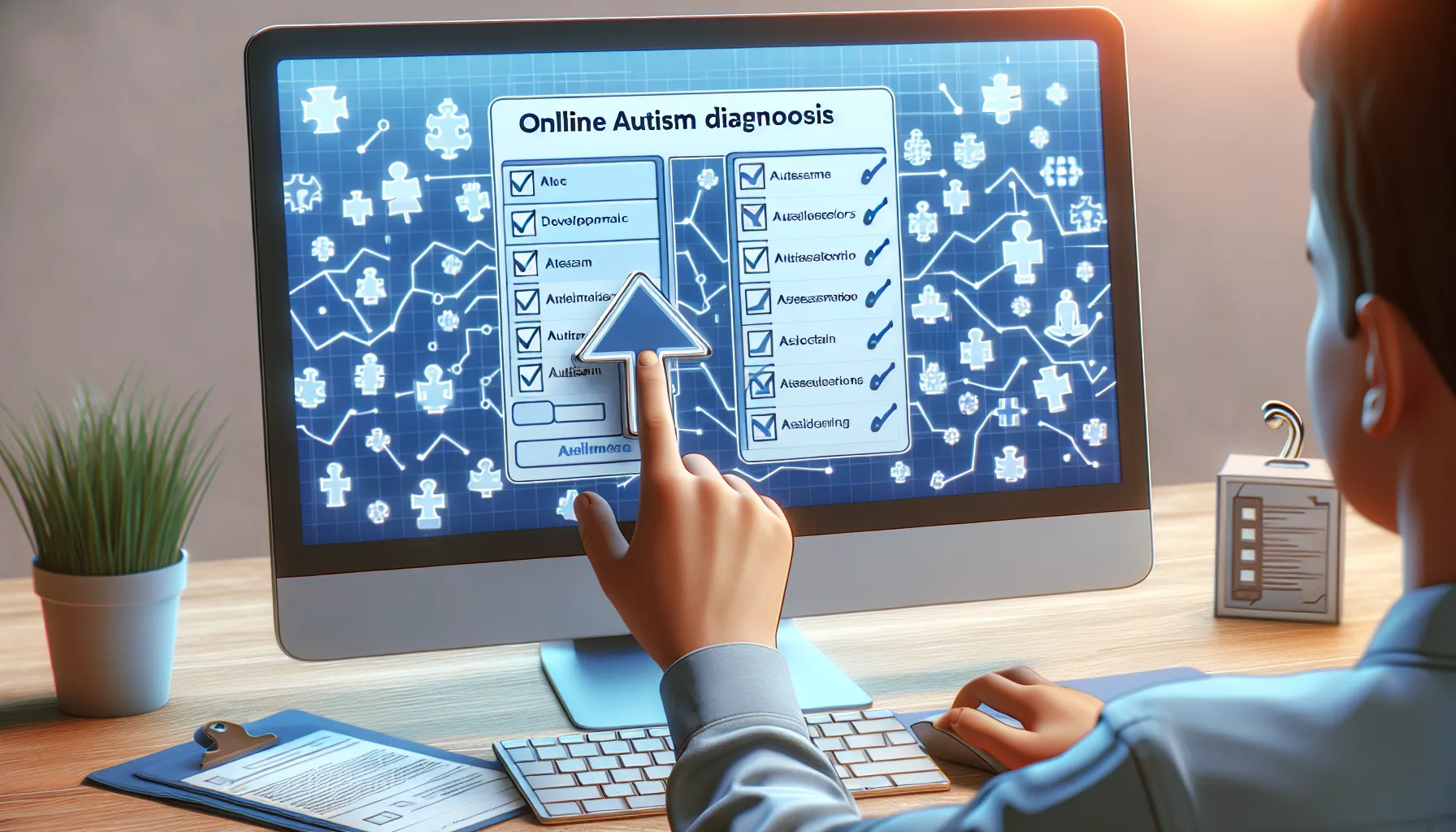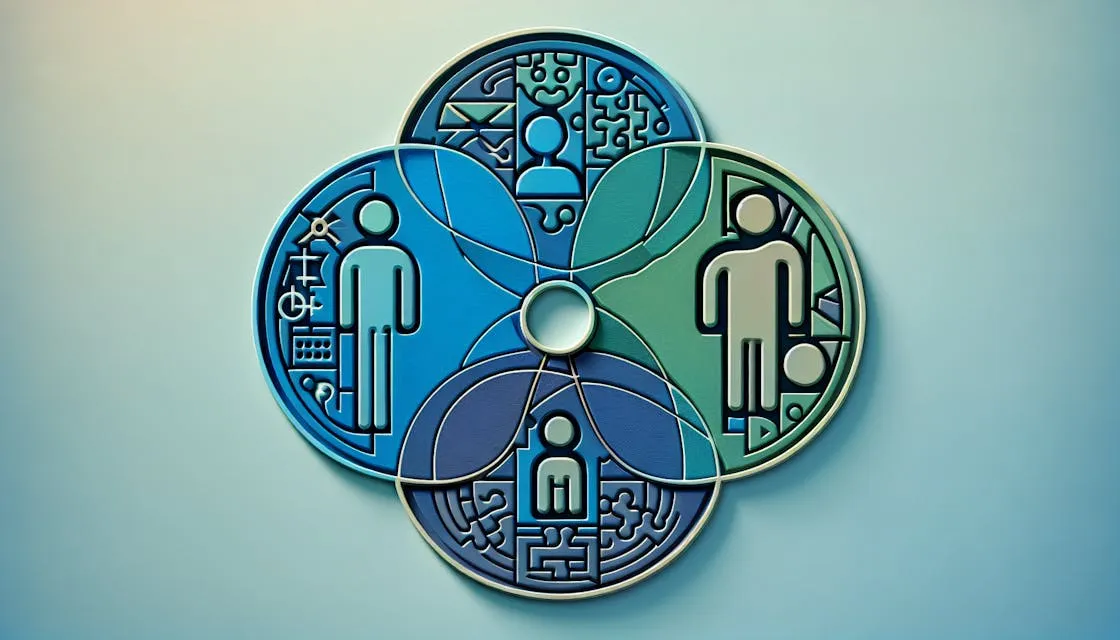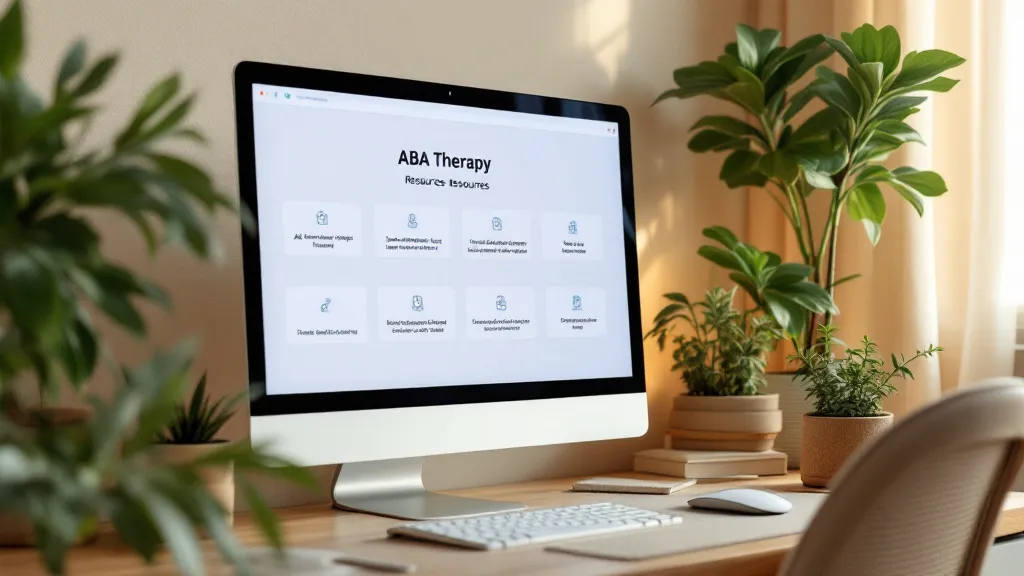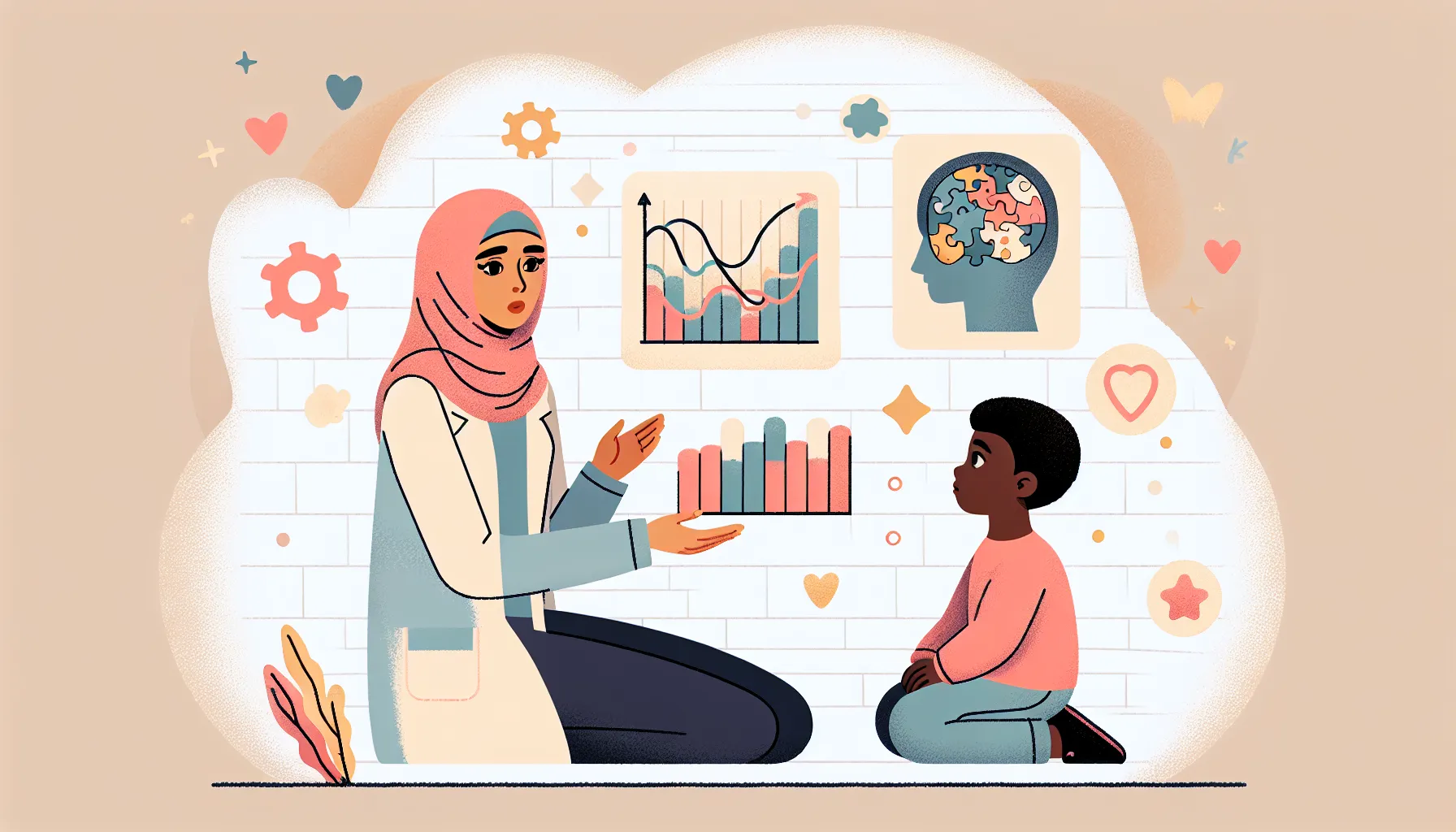ABA Therapy for Behavioral Health Services
Explore ABA therapy for behavioral health services and discover effective techniques for supporting individuals with autism.


Understanding ABA Therapy
Basics of ABA Therapy
Applied Behavior Analysis (ABA) therapy is a flexible and systematic approach designed specifically for individuals with Autism Spectrum Disorder (ASD). It is centered around modifying behaviors through a tailored plan that focuses on individual needs. By utilizing techniques such as positive reinforcement, ABA therapy helps to strengthen desirable behaviors while minimizing negative ones. It is structured to break down complex behaviors into manageable steps, empowering individuals to acquire new skills effectively.
Key elements of ABA therapy include:
For further insights on how ABA therapy specifically supports autism development, check our resource on aba therapy for autism development services.
Benefits of ABA Therapy
The advantages of ABA therapy extend beyond simply modifying behaviors. It offers numerous benefits that enhance the quality of life for individuals with ASD. Among the key benefits are:
BenefitDescriptionHigh Success RateSuccess rates for ABA therapy in autism exceed 90%, making it one of the most effective intervention strategies [1].Improved Social SkillsTherapists focus on teaching essential social behaviors, facilitating better social integration and confidence in interactions [2].Personalized Treatment PlansEach program is customized to fit the individual’s preferences and strengths, enhancing engagement and effectiveness.Skill AcquisitionIndividuals learn practical life skills that contribute to their independence and daily living.
These benefits position ABA therapy as a powerful tool within the realm of behavioral health services, particularly for people coping with autism. For a deeper understanding of programming options, view our segment on aba therapy and autism support programs.
ABA Therapy Techniques
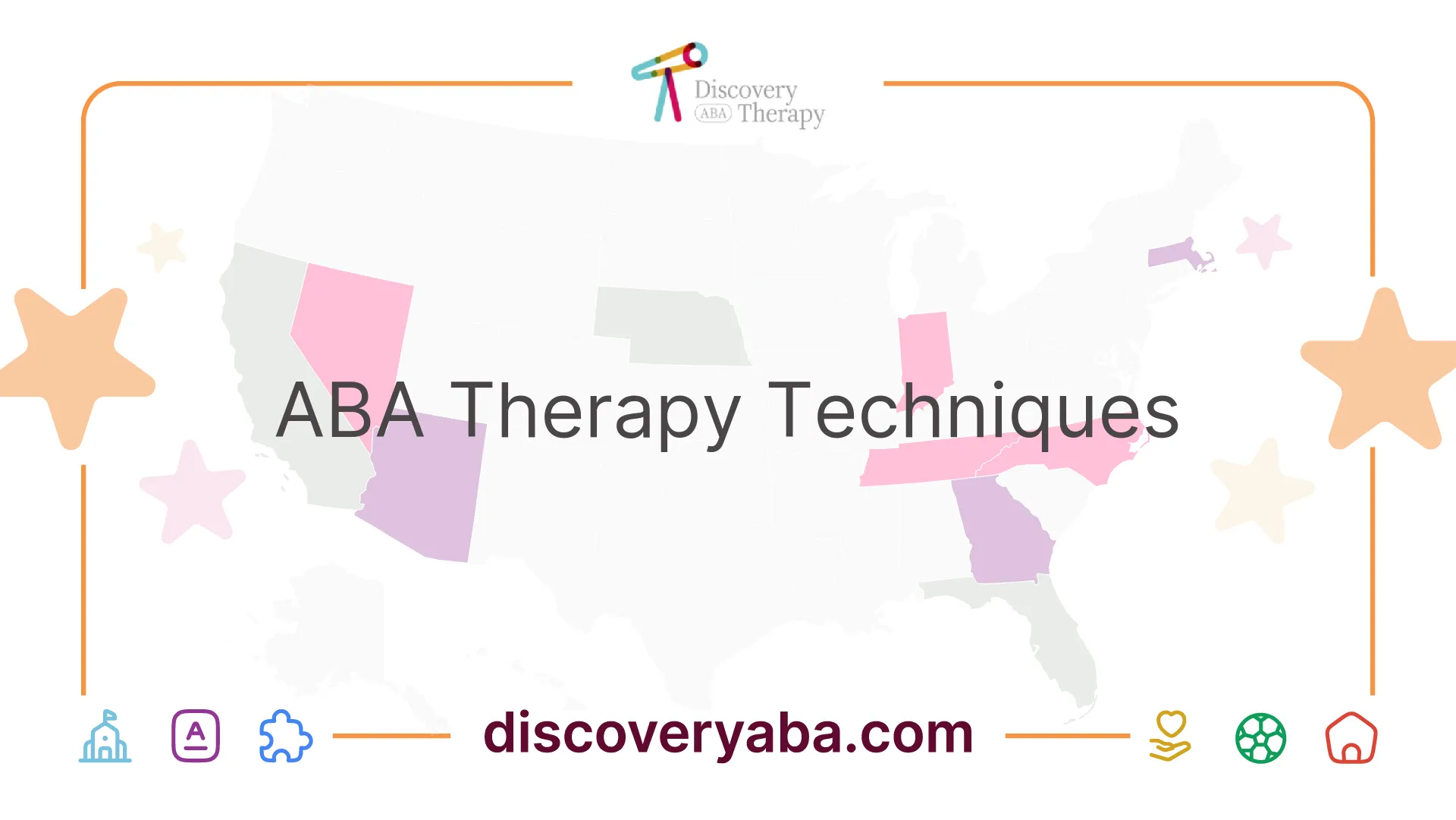
ABA therapy incorporates various methods and strategies to help individuals with autism develop essential skills and behaviors. Two significant techniques are the positive reinforcement approach and individualized programs.
Positive Reinforcement Approach
One of the core strategies in ABA therapy is the positive reinforcement approach. This technique relies on the principle that a person is more likely to repeat a behavior if it is followed by something valued, such as praise, toys, or privileges Autism Speaks. By rewarding desired behaviors, therapists create an environment that motivates individuals and reinforces their progress.
Central to this method is the understanding that positive reinforcement can enhance learning. When individuals receive tangible rewards and positive feedback for specific behaviors, it not only encourages repetition of those behaviors but also boosts their self-esteem and confidence. This supportive atmosphere contributes to overall development and ensures that skills learned are retained over time Coachella Valley Lighthouse.
To illustrate the effectiveness of this approach, the following table summarizes common types of rewards used in ABA therapy:
Type of RewardDescriptionPraiseVerbal acknowledgment of behavior (e.g., "Great job!")ToysSmall physical rewards that are favored by the individualPrivilegesOpportunities to engage in preferred activities/new experiencesStickersVisual tokens that can be collected as a sign of achievement
Individualized Programs
Another essential technique in ABA therapy is the use of individualized programs. This aspect emphasizes tailoring interventions to meet the unique needs of each individual. By assessing the specific challenges and strengths of a child or adult with autism, therapists can design personalized treatment plans that provide effective support.
Individualized programs incorporate various techniques from ABA therapy, including prompting, reinforcement, and functional communication enhancement. These tailored approaches address specific behaviors and promote skill development in real-life situations Cleveland Clinic. This flexibility allows for consistent adjustments in therapy, ensuring that each individual progresses at their own pace.
One fundamental goal of individualized programs is enhancing social skills. Therapists focus on teaching essential social behaviors such as turn-taking, interpreting social cues, and initiating conversations. By nurturing these skills, individuals can navigate social interactions more comfortably, contributing to their overall social integration and well-being Coachella Valley Lighthouse.
The to-do for creating individualized programs can be outlined as follows:
These individualized programs demonstrate the effectiveness of ABA therapy in fostering growth and development tailored specifically to the individual, ensuring that each person receives the support that best suits their needs. For more information on the benefits of ABA therapy, consider reading about aba therapy for autism behavioral development.
ABA Therapy Goals

ABA therapy aims to provide personalized and meaningful support to individuals with autism spectrum disorder (ASD). Central to this approach are tailored treatment plans and the development of social skills.
Tailored Treatment Plans
One of the fundamental strengths of ABA therapy is its commitment to creating individualized treatment plans for each participant. According to Autism Speaks, these plans address the learner's unique needs, skills, interests, preferences, and family situation.
Therapists break down general skills into specific, achievable goals and objectives, transforming broad behavioral concepts into concise targets for teaching. This methodology not only maximizes the effectiveness of therapy but also ensures that interventions resonate with the individual’s personal strengths and growth areas.
Treatment Plan ElementDescriptionIndividual NeedsPlans are crafted based on the learner's specific requirements.Skill DevelopmentFocus on enhancing skills that are meaningful to the individual.Family InvolvementIncorporates family preferences and dynamics into the treatment approach.
This tailored approach helps in fostering significant progress, as it allows therapy to align with each individual’s learning style, ensuring comfort and engagement throughout the process. For more insights on how these plans are structured, please visit our article on aba therapy for autism development services.
Social Skills Development
Another critical goal of ABA therapy is improving social skills among individuals with ASD. Therapists focus on teaching essential social behaviors, which include turn-taking, interpreting social cues, and initiating conversations. These skills are vital for increasing confidence, allowing individuals to engage more effectively in social situations [2].
By imparting these social skills, ABA therapy contributes significantly to the overall well-being and integration of individuals with autism into their communities. The interventions target various interpersonal skills, creating opportunities for practice in real-world settings, which can enhance social communication, ultimately encouraging more profound relationships and social interactions.
Social Skill TargetDescriptionTurn-TakingLearning to share and alternate during conversations and activities.Reading Social CuesDeveloping the ability to interpret non-verbal signals and emotional expressions.Conversation InitiationGaining confidence to start and maintain discussions with peers.
Through targeted interventions, individuals can gain the tools necessary for effective social navigation. For strategies and additional resources related to developing social skills, explore our section on aba therapy and autism support programs.
ABA Therapy Implementation
Effective implementation of ABA therapy for behavioral health services requires careful planning and collaboration. The roles of certified professionals, such as Board-Certified Behavior Analysts (BCBAs), alongside family involvement, are critical for achieving positive outcomes.
Role of BCBA
A Board-Certified Behavior Analyst (BCBA) plays a pivotal role in the design and oversight of ABA therapy programs. The BCBA assesses the individual needs and abilities of the child, creating a customized treatment plan that reflects specific intervention targets [3].
The BCBA considers the child's skills, interests, and family preferences during the program design process [4]. Additionally, the BCBA supervises registered behavior technicians (RBTs), who implement the intervention strategies directly with children and adults with autism.
A well-structured ABA program typically includes:
ComponentDescriptionAssessmentInitial evaluation of the child's capabilities and challengesGoal SettingDevelopment of specific, measurable goals for behavior improvementIntervention StrategiesCustomized techniques to address individual needsProgress MonitoringRegular assessments to track improvements and adjust strategies
Family Collaboration
Family collaboration is essential for the success of ABA therapy for autism. Active involvement of family members ensures that the goals set within the program align with the family's aspirations for their child. This collaboration fosters a supportive environment that significantly enhances the therapy's effectiveness.
Families contribute to the therapy by:
Family support programs, such as those mentioned in our article on aba therapy and autism family programs, provide resources and educational opportunities to enhance understanding and implementation of ABA therapy methods within the home environment.
Through collaboration with the BCBA and active engagement in the therapy process, families can create a positive reinforcement system that complements the interventions delivered during ABA sessions. This partnership not only supports the child’s development but also helps streamline the transition of learned skills into everyday life. For more information on the comprehensive approach to ABA therapy, explore our article on aba therapy for autism treatment services.
Effectiveness of ABA Therapy
Evidence-Based Practice
Applied Behavior Analysis (ABA) therapy is recognized as an evidence-based best practice treatment by the US Surgeon General and the American Psychological Association. Numerous studies have shown that intensive and long-term therapy utilizing ABA principles greatly improves outcomes for individuals with autism. A comprehensive review reveals that over 20 studies support this claim, validating ABA's effectiveness in behavioral health services for autism Autism Speaks.
ABA therapy uses a systematic approach to modify behaviors effectively. By breaking down complex behaviors into manageable steps, individuals with Autism Spectrum Disorder (ASD) can learn new skills and reduce problematic behaviors. This method empowers them to navigate their daily lives with greater independence. The application of precise observation and analysis aids in targeting specific behaviors and facilitating personalized growth Coachella Valley Lighthouse.
Success Rates and Studies
The success rates for ABA therapy when applied to autism are notably high, with statistics showing upwards of 90% effectiveness. Studies such as the one conducted by O. Ivar Lovass in 1987 revealed that 90% of individuals undergoing intensive ABA therapy demonstrated substantial improvement, and 47% achieved skill levels comparable to their peers. A later study in 2005 by Sallows and Graupner highlighted that 50% of children receiving ABA before the age of four showed significant increases in IQ, verbal skills, and social functioning, with some capable of attending typical schools Acorn Health.
The results from a meta-analysis encompassing 14 randomized controlled trials with 555 participants evaluated various outcomes related to ABA interventions for children with ASD. Here’s a summary of the standardized mean differences in significant areas:
Outcome AreaStandardized Mean Difference (d)General Symptoms-0.36Socialization0.11Communication0.30Expressive Language-3.52
These findings illustrate varying degrees of effectiveness in key areas such as socialization and communication but indicate some limitations in other domains, such as general symptoms of ASD NCBI.
For parents and caregivers seeking comprehensive support for their child, ABA therapy has established itself as a powerful intervention for enhancing various skills and improving overall quality of life. For further information on how ABA therapy is integrated into autism support programs, refer to our articles on aba therapy for autism support programs and aba therapy for autism therapy services.
Future of ABA Therapy
As the field of Applied Behavior Analysis (ABA) continues to evolve, several key areas of research are gaining attention to improve therapeutic outcomes for individuals with autism.
Areas for Research
There is a significant need for more comprehensive studies that can provide clearer insights into the effectiveness of ABA therapy. Current research emphasizes the need for larger sample randomized controlled trials to better understand improvements in various behavioral domains, including general symptoms, adaptive behavior, and daily living skills [5]. Specific focal points for future research include:
Research AreasDescriptionAdaptive BehaviorEvaluating improvements in daily living skills among children undergoing ABA therapy.Cognitive OutcomesUnderstanding the relationship between ABA interventions and cognitive skill development.Long-term EffectsInvestigating the sustained impacts of early ABA therapy on later life functioning and service needs.Individual DifferencesExploring how factors like age and baseline adaptive levels influence the effectiveness of ABA therapy.
Studies indicate that children with lower baseline adaptive levels tend to show greater adaptive behavior increases over time in response to ABA therapy [6]. Additionally, research suggests that intensively delivered ABA therapy in the earlier developmental years can lead to substantial developmental gains [1].
Meta-Analysis Findings
Recent meta-analyses have further shed light on the effectiveness of ABA therapy. One notable study analyzed data from 14 randomized controlled trials involving 555 participants to evaluate various aspects of ABA interventions [5]. The findings revealed the following standardized mean differences:
Outcome MeasureStandardized Mean Difference (d)General Autism Symptoms-0.36Socialization Skills0.11Communication Skills0.30Expressive Language-3.52
These results indicate varying levels of improvement across different skill areas, highlighting the significance of personalized ABA approaches tailored to individual needs. Furthermore, extensive studies have documented that consistent and intensive use of ABA principles can enhance cognitive, language, and social functioning [4].
Such findings underscore the necessity for ongoing research to optimize ABA therapy methodologies, ensuring they are as effective as possible for individuals with autism. For those interested in the intersection of ABA and autism, further reading on ABA therapy for autism treatment services and the positive impacts of early intervention is recommended.
References
[2]:
[3]:
[4]:
[5]:
[6]:
Does Your Child Have An Autism Diagnosis?
Learn More About How ABA Therapy Can Help
Find More Articles
Contact us
North Carolina, Tennessee, Nevada, New Jersey, Utah, Virginia
New Hampshire, Maine
Massachusetts, Indiana, Arizona, Georgia
.avif)


































